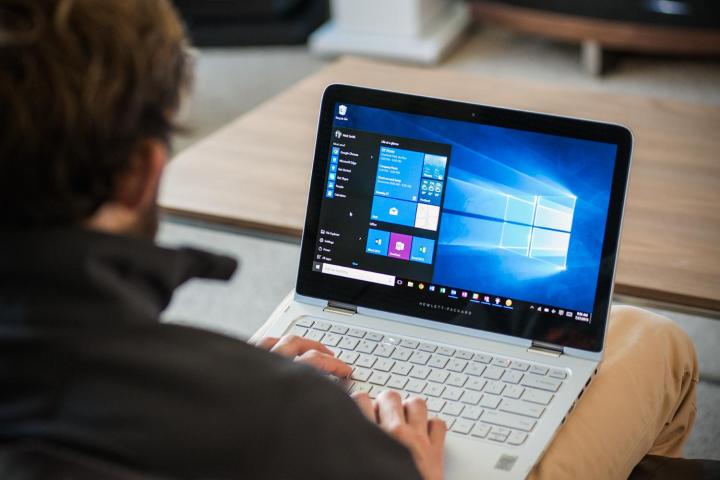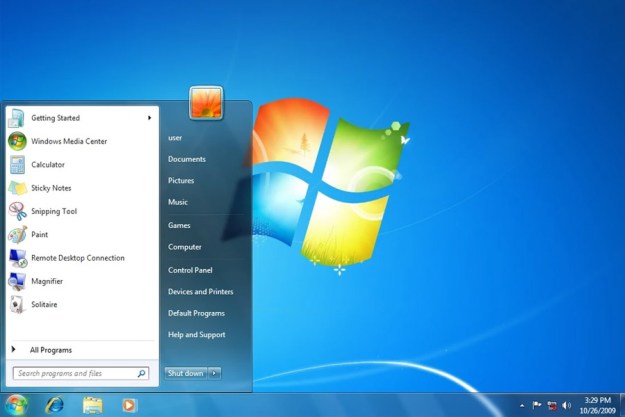
As of December 2015, Windows 10 claimed 9.96 percent of the global desktop operating system market, according to Net Applications. Windows 7 led the way with 55.68 percent of the market, followed by Windows XP with 10.93 percent and Windows 8.1 with 10.30 percent. Mac OS X 10.11 had 2.99 percent of the market.
Overall, Windows had 91.32 percent of the market, Mac OS had 7.02 percent, and Linux had 1.66 percent, according to VentureBeat.
In August, its first month of availability, Windows 10 was downloaded 75 million times, according to Microsoft. During that first month, Windows 10 claimed 5.21 percent of the market, more than Mac OS X 10.10. The new operating system was free for users on Windows 7, 8, or 8.1.
The first major update to Windows 10, codenamed Redstone, is scheduled for a summer 2016 release. Sources say the upgrade will focus on features related to seamlessly jumping between Windows devices and apps, as well as introducing extensions for Microsoft’s Edge browser.
Editors' Recommendations
- Scores of people are downgrading back to Windows 10
- Windows 11 tips and tricks: 8 hidden settings you need to try
- A new Windows 11 hardware system requirement may be incoming
- The best Windows apps for 2023
- The best Windows 10 keyboard shortcuts


